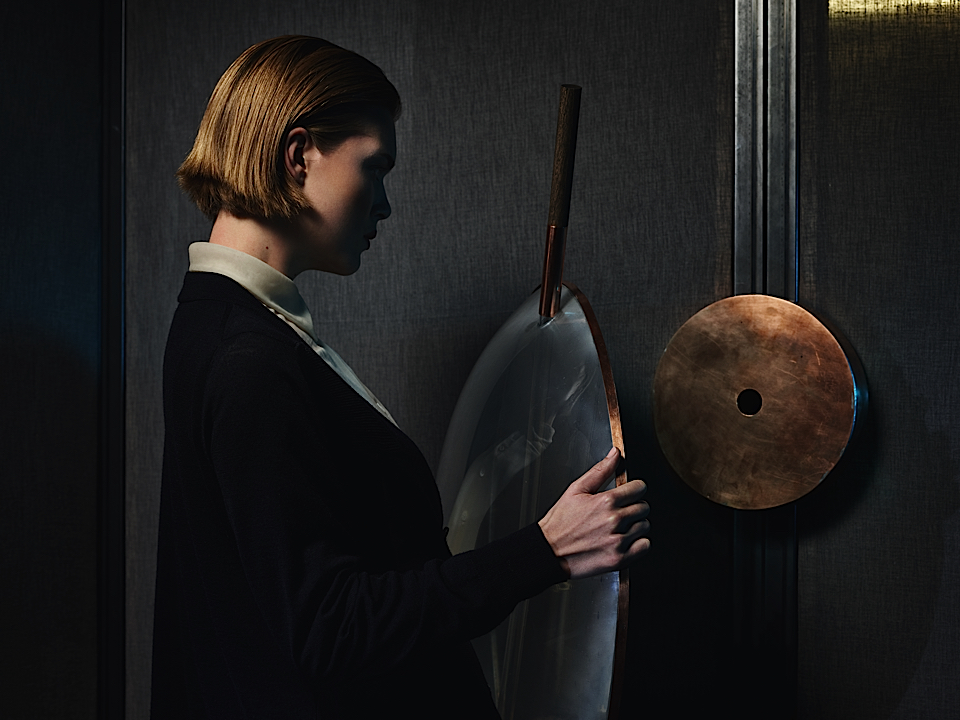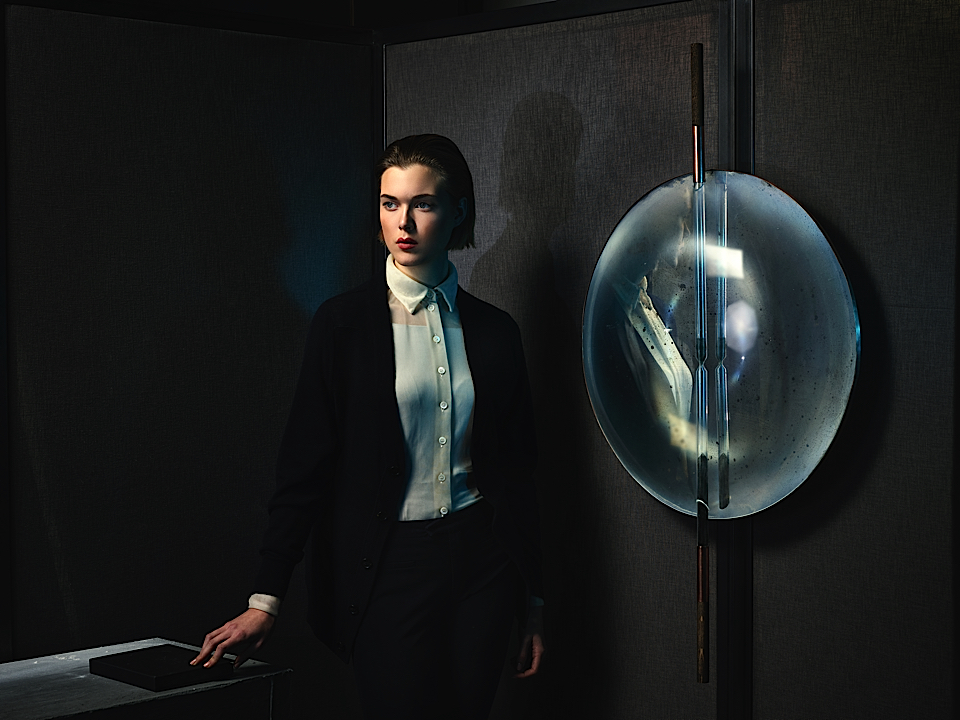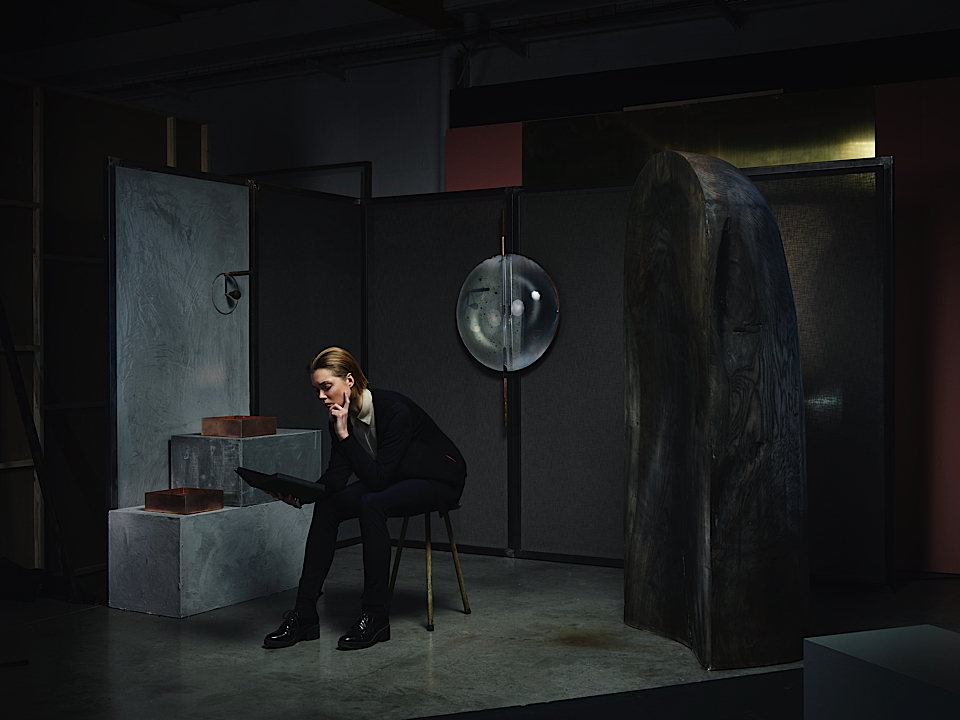ROMANTICISM
embrace melancholy

With a background in visual art and specialization in design and design research, Nel Verbeke is primarily a concept designer. Balancing between fine arts and design, her vocation will always be the emotional potential of shape and space. Fascinated by conceptual thinking, she shies away from the obvious focus. For Nel, it’s important to start from a story, concept or definition before considering a shape or function. Imagination, visualization and research are her first priorities. The concept serves as an ‘archway’ over the whole.
Nowadays it’s as if constant happiness is what we should all aspire. This leaves no room for other, more reflective or melancholy states of being. And yet, in times gone by, these feelings were accepted in our daily lives as natural emotions, inherent to who we are. Sought for its bittersweetness.
Based on her extensive research into past rituals of loss and sadness, Nel Verbeke explores how design can help us allow ourselves moments of melancholy. She created a reflective book and three objects that embrace these feelings in a different manner. Together, they invite us to experience a more human emotional balance.
Based on an extensive research into past rituals of loss and sadness, the process and material choices were prominently important and rooted. Precisely slow-craft and historical materials, that are able to show the beauty of melancholy, the archetypes of melancholy and even decay, were selectively chosen; wood, ashed wood, glass, silver, tin, copper and rough concrete.
The first object is the act/ritual of melancholy: a copper rasp that allows to ritualistic rasp material out of surfaces. In order to escape functionality and to be busy with the business of our own emotions. This also leaves its traces; the beauty of material loss as decoration.
The second object is a syntheses of the memorizing symbols of melancholy: a mirror and an hourglass in one. The glass of the mirror itself treated with tin for a historical pearl look that scatters the light. An hourglass with black sand. A hand painted silver mirror treated with an acidic that allows the new object to get into decay quicker.
The last object was more a quest for the place of melancholy: everything that has to to with mental or physical solitude. Nature in autumn but also the dominants shapes of architecture that can make you feel small and enclosed at the same time. Shapes and spaces with an emotional potential. This got translated into a wooded sculpture that dominantly represents itself into your house. Inviting you for a more quit and introvert moment. The shape itself is sculptured from one massive ash tree. Coated again with the ashes -charcoal powder- from the leftovers from the tree itself.
“A very precise example of how the theme of melancholy was embraced in daily life were all the memorizing symbols we surrounded ourselves with – in art but also directly into our interior – vanitas symbols that were always there to remind us of our own contemporarily, of the oth- ers that we have lost, of all the lacks and loses we already experienced. They reminded us of death, time, but by doing so they also reminded us of life. Keats often claimed that things are gorgeous because they die. The porcelain rose is not as pretty as the one that decays.” From the ‘Embrace Melancholy’ Book
nelverbeke.com
Photography : Alexander Popelier




